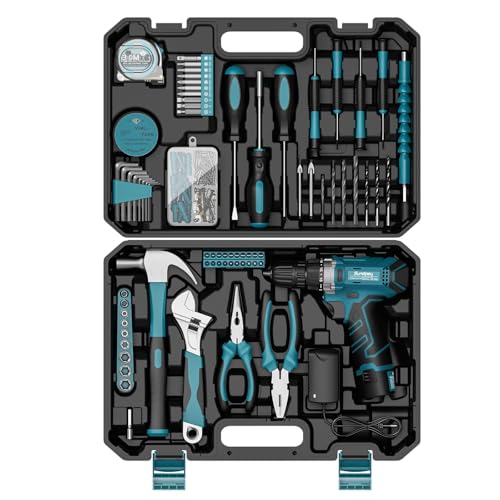7.2 kW is high power charging when the temperatures are high and the pack is already hot. High ambient temperatures are temperature you find in the central valley of CA or New Mexico or Arizona, etc. routinely in summer (above 40 C). The e-Golf battery pack weighs hundreds of kilograms and can retain heat very well due to its large mass. Remember, joule heating is a function of the square of the current. Yes, DC charging delivers more current than AC charging, but if the pack is already at 40 C, charging fast (even AC charging) will raise the temperature more and do damage.
There is no such thing as a 240V package - all e-Golfs are able to charge at 240V in the USA. There is no such thing as a charging station rated at 24 kWh, 21.5 kWh, 20 kWh, or 55 kWh. kWh is energy. Charging stations are rated in kW. If you are looking how many kWh you put into the battery, as long as you push it in slowly when it's hot, then the damage will be reduced, thus it is imperative to charge more slowly when it's hot IF you want your pack to last with the least amount of degradation. I'm sure the battery pack will last for the warranty period and not have more than 30% degradation, but I want my pack to last twice the warranty period with less than 30% degradation. Unlike JT, I don't have money to burn on a new car when the pack is unusable, so I will treat the battery like it is fine crystal and handle with extreme care so that I am able to get 200,000 miles of use out of and still have minimal degradation.

































